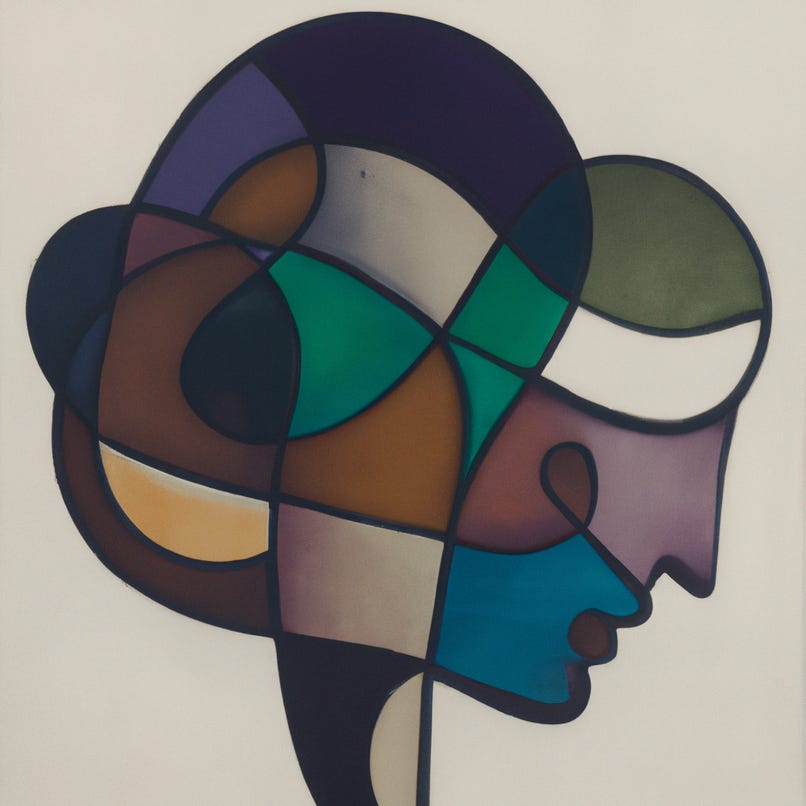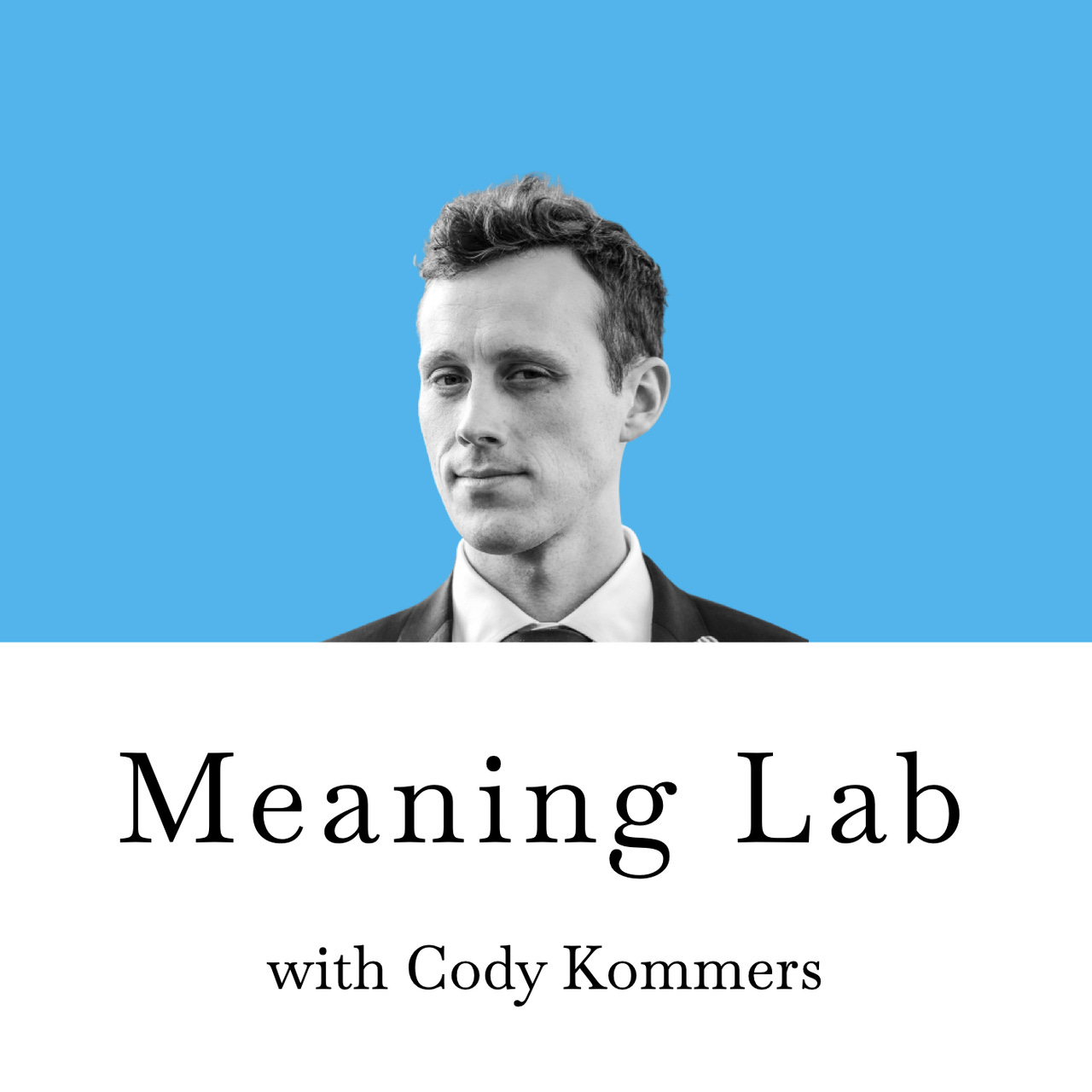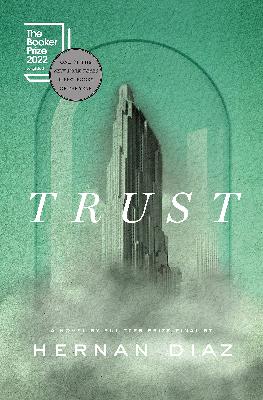#104: Palentine's Day (feat. Robin Dunbar)
Description
We pay a lot of attention to our romantic relationships. Whether it’s selecting a mate or maintaining one’s relationship with them. Apps make millions of dollars promising to streamline this process. Hundreds of books are published every year telling us how to do it better. And don’t get me wrong: long-term romantic partnerships are hard, no doubt. But that difficulty is not lost on us. Multiple industries are designed around giving us tools to help overcome it. It’s something we spend a lot of effort on trying to do better.
But what about friendship? We also know it’s important, sure. But we don’t give friendships the same treatment as our romantic relationships. There are no holidays meant to carve out time to express appreciation toward our friends. A few books are written each year about Platonic friendship, but far fewer than those about romantic relationships. And yet friendship is one of the most important aspects of our lives. In some ways, it’s even more important than the handful of long-term romantic partners we’ll have in our lifetime.
This, at least, is the claim made in a recent book by my guest today, Robin Dunbar. Robin is a legendary figure within social and evolutionary psychology. He is perhaps best known for the idea of Dunbar’s number: the number of stable, close relationships an individual can maintain is reliably right around 150. But from the broadest level, the major question of Robin’s work asks, “What do our circles of friendships look like? What should they look like?”
The way that I’ve come to think about the core of Robin’s research is that we all face the same fundamental problem: limited resources. Specifically, limited time. Each of us has to choose how we’re going to allocate our limited time to work, family, hobbies, exercise, friendships, and all the other activities and pursuits which we’d like to do. Often when our temporal resources become scarce, the first thing to get cut are our friendships. Friendships don’t come with urgent deadlines. We know our friends—our true ones at least—will forgive us if we don’t see them as often as we’d like. After all, we’ve both got a lot going on. What all this adds up to is that the disintegration of friendships over the course of adult life feels all but inevitable.
And yet—most of what is known scientifically about friendships is not generally discussed. For example, you have probably heard of Dunbar’s 150 figure. But that’s not the only important number. There are layers here. Essentially, Dunbar’s research shows there are concentric circles of friendships, beginning with your five most intimate friendships, then fifteen close friends, fifty good friends, 150 general friends, then 500 acquaintances, 1500 known names, and 5000 known faces. There’s a mountain of evidence showing that these numbers are consistent across cultures—even with the advent of social media.
In other words, there’s a connection between the quantity of friends we have at any given level and the quality of relationship we should have with them. Maintaining this balancing act has huge consequences for us across all aspects of our well-being.
Personally, I believe the acquisition and maintaining of friendships is one of the greatest challenges of adult life. It’s especially difficult in a post-pandemic world, where we’re less tied down to living in a single place and more free to work in other locations. The cost of this flexibility is increased loneliness. We find ourselves adrift from the usual social rhythms of life which we humans are used to. But unfortunately, the problem of solid friendships is one we spend almost no time trying to solve.
Robin’s book is Friends: Understanding the Power of our Most Important Relationships. It’s out now.
[This interview has been edited and condensed. Full conversation available via the podcast.]
In the beginning of your book, you present your thesis on why friendship matters. A lot of the evidence you marshal has to do with some pretty convincing studies. Could you say a little bit about what those studies show, and present that argument for why friendship matters so much?
One of the big surprises of the last 15, maybe 20, years has been the absolute deluge of studies—some of them short-term cross-sectional, many of them long-term studies— showing that the single best predictor of your mental health and well-being, your physical health and well-being, and even how long you live into the future is determined by one factor and one factor alone. And that’s the number and quality of close friendships you have.
So typically, this number would be about five people. In collaboration with a bunch of people in Denmark, we did a big study across 13 European countries. We looked at the likelihood that somebody would develop symptoms of depression in the future, and asked what factors predicted that development. What seemed to preserve you from falling prey to depression in the future was having about five close friends and family. So if you had fewer than that, you’re more likely to develop symptoms of depression. And if you have more than that, you are more likely to develop symptoms of depression.
But there was an alternative. And that was volunteering in a social context, or helping out in a charity shop, or being involved with helping running the scouts, or helping with flowers at your local church, or being involved with a political party—any of those kinds of things that were essentially social activities. So if you had about three of those that was as good as having about five friends, and they were kind of interchangeable. But you couldn’t add them together. You couldn’t have five friends and three voluntary activities, and hope to live forever—because you wouldn’t.
And the reason is very simple. It’s the reason why having more than about five or six friends isn’t really very good for you. It’s that you spread yourself too thinly among these people involved in the social environments. So having a smaller number where you can really get to know the people and be engaged with them—that’s what’s beneficial. If you try and spread yourself too thinly, you don’t create relationships of the quality that’s necessary to buffer you against things like depression.
One of your core ideas has to do with what you call the seven pillars of friendship. These are: having the same language, growing up in the same location, having the same educational and career experiences, having the same hobbies and interests, having the same worldview, the same sense of humor, and the same musical tastes. It’s clear how these can play out in face-to-face interactions. But what does this mean for remote friendships—the kind of modern friendships we try to maintain digitally across distance?
Okay, so the evidence is both good and bad. Because there’s no such thing as Nirvana in the world, everything has a benefit and a drawback. The upside is that, from our work, it seems that different media of interaction—ranging from face-to-face, Zoom video calls, telephone, texts, or emails—are kind of substitutable in terms of how many friendships they allow you to maintain. Because we see exactly the same layers, with exactly the same frequencies of contact, in data from all of these environments, suggesting that they all work pretty much in the same way, and are subject to the same limitations.
In other words, just because you use Facebook doesn’t create the opportunity to have 1000s of friends—true friends. In your social network, yes, you can be connected to 1000s of people on Facebook. But you’re connected to 1000s of people in the everyday world. Some of them we call them friends and family. Some of them we call acquaintances. Some of them we call just people we know—we don’t know much about them, but they’re part of our social environment. For people who have a very large number of friends on Facebook, a lot of those are in that category.
But it seems that there’s still something missing in terms of our satisfaction of relationships in those kinds of environments—like Facebook or Zoom—compared to those we have face-to-face. And that seems to be primarily because what’s missing is touch. And we use touch constantly with our close friends and family, perhaps out to the 50-person layer of our social network. We don’t go around hugging strangers usually, or anything like that. We’re very circumspect in who we do it with. But for those, whom we regard as good friends, intimate friends, we do an awful lot of very casual—what’s generally referred to now as soft taps and hugs, strokes, pats on the knee, perhaps around the shoulder, all these kinds of things goes on constantly if you just watch people in an informal social environment. And that seems to be very important in creating this sense of relationship quality.
I sometimes say, if you want to know how somebody really feels about you, then see the way they touch you—stroke, pat, hug, whatever. This gives you a better sense of what they mean, or what you mean to them, than 1000 words that they might say to you. And that’s because words are slippery things. We’re very good at saying what we don’t mean and making it sound extremely plausible. But it’s very difficult to lie in the way you touch somebody, perhaps because it’s so, so intimate. So there are those kind of drawbacks, which clearly Zoom and Facebook and anything else you can think of are never quite going to overcome. I just don’t see how they can do it.
You recently co-authored a paper in Nature Human Behaviour on social isolation and the brain in the pandemic era. Certainly, there was
























